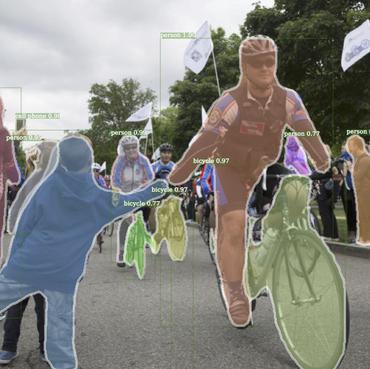Learning from Noisy Anchors for One-stage Object Detection
State-of-the-art object detectors rely on regressing and classifying an extensive list of possible anchors, which are divided into positive and negative samples based on their intersection-over-union (IoU) with corresponding groundtruth objects. Such a harsh split conditioned on IoU results in binary labels that are potentially noisy and challenging for training. In this paper, we propose to mitigate noise incurred by imperfect label assignment such that the contributions of anchors are dynamically determined by a carefully constructed cleanliness score associated with each anchor. Exploring outputs from both regression and classification branches, the cleanliness scores, estimated without incurring any additional computational overhead, are used not only as soft labels to supervise the training of the classification branch but also sample re-weighting factors for improved localization and classification accuracy. We conduct extensive experiments on COCO, and demonstrate, among other things, the proposed approach steadily improves RetinaNet by ~2% with various backbones.
PDF Abstract CVPR 2020 PDF CVPR 2020 Abstract





 MS COCO
MS COCO